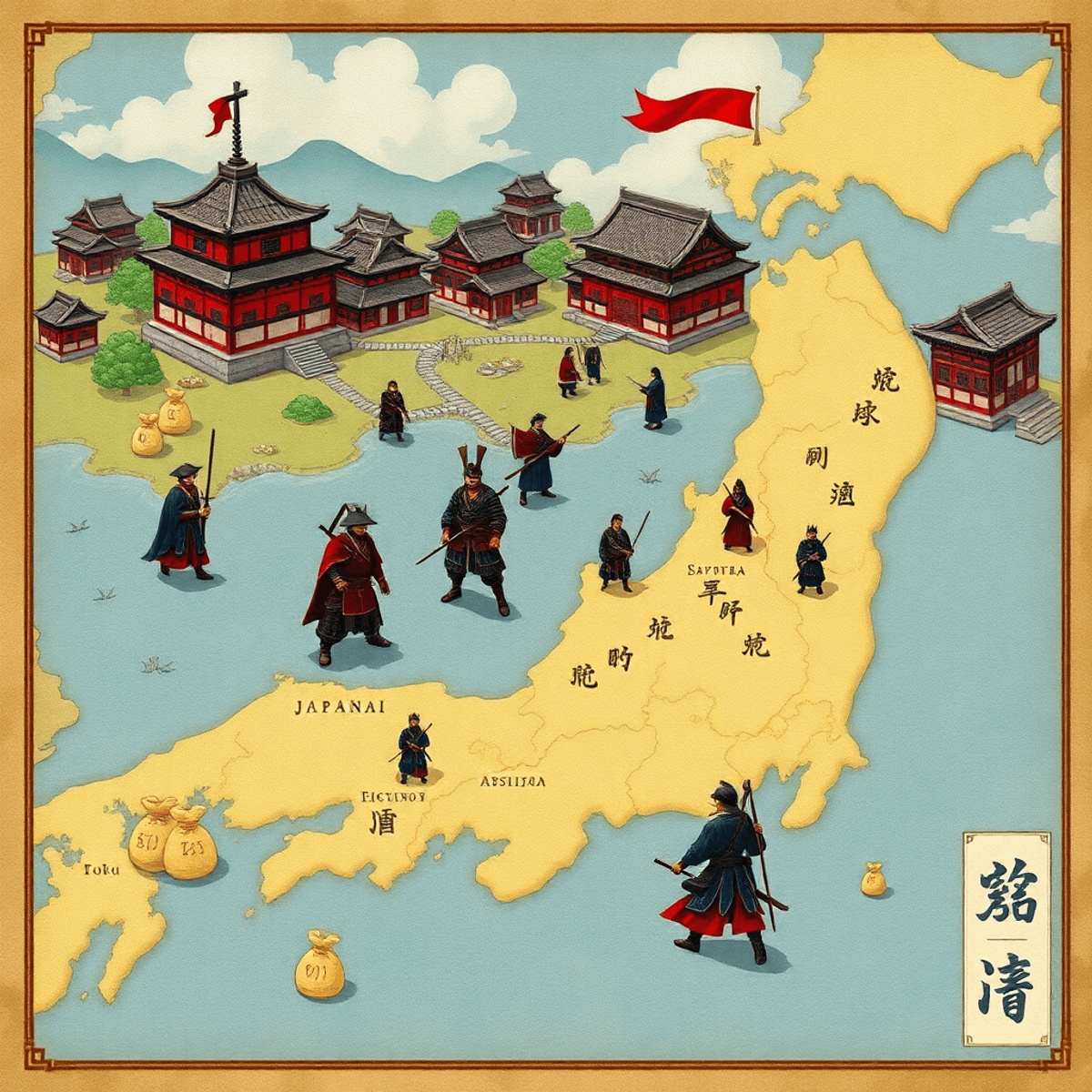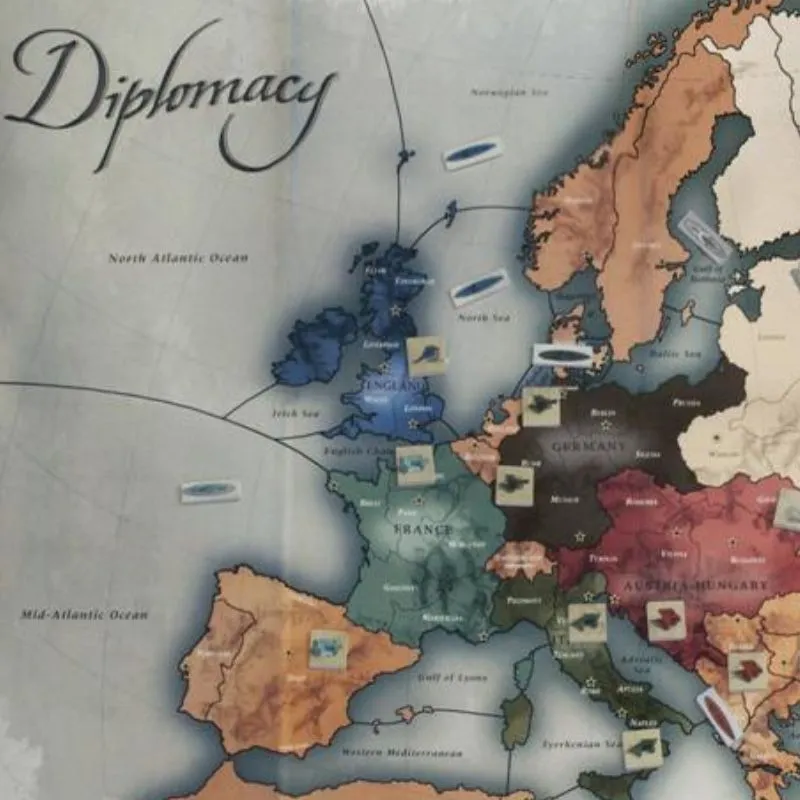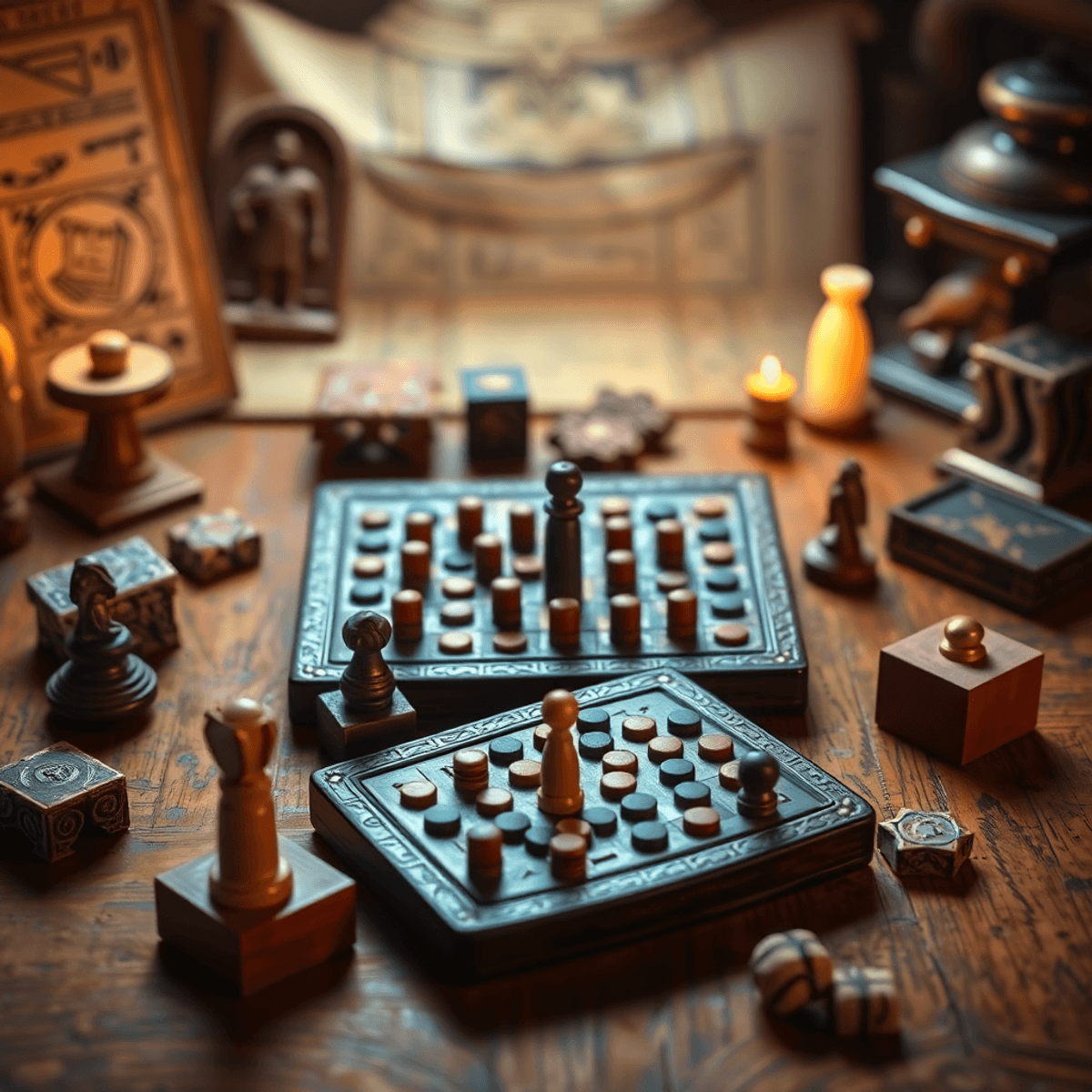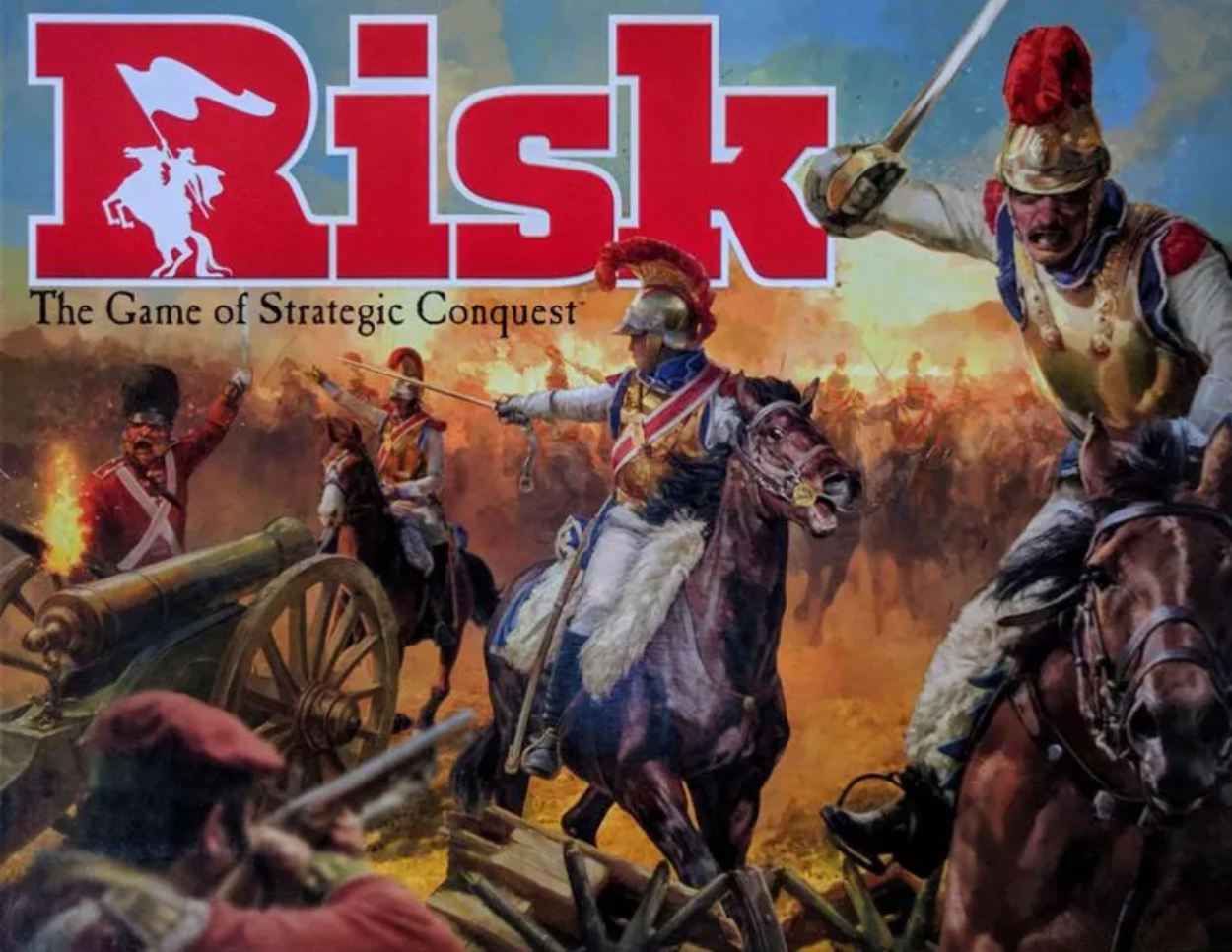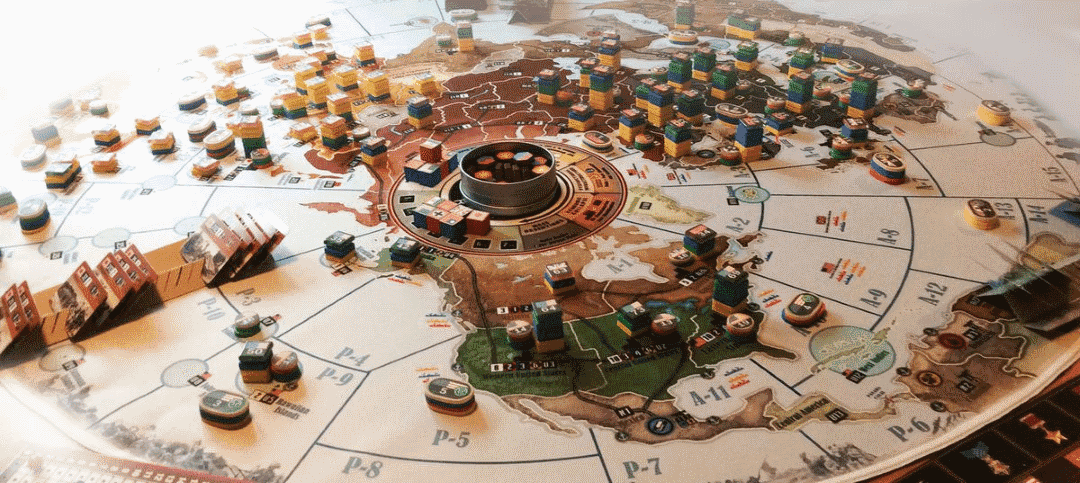
Wargaming has come a long way, evolving from intricate miniature battles to the dynamic, strategic board games we enjoy today. In this article, we’ll explore the evolution of wargaming and how it has transformed into a mainstream hobby with millions of enthusiasts worldwide.
The Origins of Wargaming: The Miniature Era
Wargaming dates back to the 18th century, where military enthusiasts began using miniature soldiers to simulate real battles. Early games served not only as a form of entertainment but also as educational tools for learning strategy and tactics. These miniature armies, often hand-painted, were placed on elaborate boards designed to mimic real-world battlefields.
One of the earliest notable wargames was Kriegsspiel, a training tool developed by the Prussian army in the 19th century. It used blocks to represent military units, helping generals practice combat strategies. This concept evolved into the hobby of miniature wargaming, where players created their own detailed armies to battle on customized tables.

The Shift to Tabletop Board Games: A New Era of Accessibility
The mid-20th century saw a shift in wargaming with the rise of board games. This change made wargaming more accessible and less time-consuming. Games like Risk and Axis & Allies introduced the excitement of military strategy but without the need for elaborate miniatures or terrain.
These board games enabled the evolution of wargaming. They allowed players to quickly engage in strategic battles, using simple pieces and boards. The introduction of these games made wargaming more affordable and available to the masses, appealing to a broader audience. No longer did players have to spend hours assembling figures; they could jump straight into the game, experiencing complex strategies in an accessible format.

The Rise of Modern Wargames: Strategy Meets Innovation
As technology advanced, wargaming adapted. The rise of digital games like Civilization and StarCraft offered a new way to experience strategy games. These digital platforms combined the thrill of wargaming with interactive, immersive experiences. Players could now command armies in expansive virtual worlds, exploring new ways to engage with strategy.
However, traditional board games didn’t fade away. In fact, modern board games have flourished, evolving to incorporate innovative mechanics. Games like Twilight Struggle and Gloomhaven have introduced new layers of strategy, offering players deeper, more complex gameplay. Board gaming continues to thrive, catering to both newcomers and long-time enthusiasts.
Conclusion: The Future of Wargaming
Wargaming has come a long way from its early days of miniature battles. Today, it spans digital, tabletop, and hybrid forms, engaging players in new and exciting ways. Whether you’re assembling miniatures for a battle or playing a fast-paced board game with friends, the evolution of wargaming has brought endless possibilities to the table.


